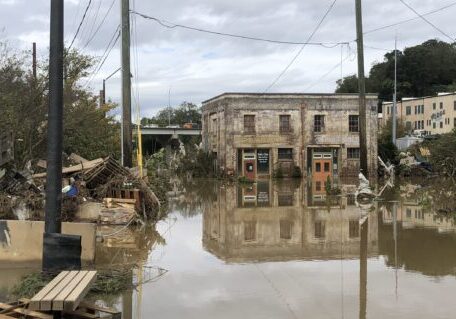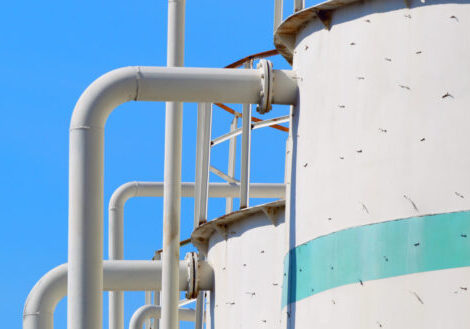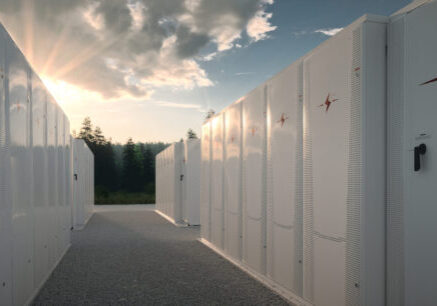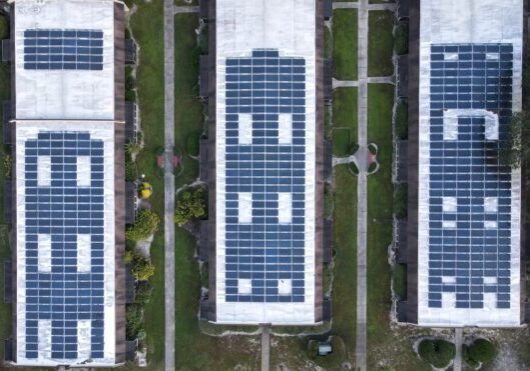October 12, 2016
Sterling, Massachusetts Breaks Ground on a Resilient Energy Storage System
By Todd Olinsky-Paul
The town of Sterling, Massachusetts celebrated its Municipal Light Department’s new energy storage system with a groundbreaking ceremony this week. The occasion is literally groundbreaking, not just for the town or the state, but for New England. The project is the first utility-scale energy storage facility in Massachusetts and will be the largest battery installation of its kind in New England, in terms of megawatt hours.
The 2-megawatt, 3.9 megawatt-hour battery storage system, to be installed at the Sterling Municipal Light Department’s Chocksett Road Substation, is one of a number of similar projects funded under the Massachusetts Department of Energy Resources’ Community Clean Energy Resiliency Initiative, which awards grants for clean, resilient energy systems to support critical infrastructure during grid outages. During a power outage, the Sterling energy storage system will be able to “island” from the grid and, with the support of existing solar generation, provide up to 12 days of backup power to the town’s police station and dispatch center, a critical facility providing first responder services.
But there’s more to it than that. As important as it is to provide clean, resilient power to essential community facilities such as the Sterling police station, it is equally important to show that energy storage is an economical way to do this. For this reason, the project received additional funding from U.S. Department of Energy’s Office of Electricity (DOE-OE), under its energy storage demonstration program. A key feature of the project, which DOE-OE and Sandia National Laboratories are supporting, is to demonstrate and analyze the economic case for the batteries.
By discharging the batteries during hours of peak electricity demand, Sterling will be able to significantly reduce its costs for electricity capacity and transmission services. These are monthly and annual fees the utility pays to ISO New England, the regional independent grid operator, and they make up a large and growing portion of the cost of doing business as a utility in the region. Sandia has calculated that through peak shaving and other cost saving uses of the batteries, Sterling should be able to pay off its new energy storage system in fewer than seven years. Thereafter, additional cost savings should lower rates for Sterling’s ratepayers.
The Clean Energy States Alliance (CESA), working with Sandia and DOE-OE, has supported two utility-scale energy storage projects demonstrating this economic model in ISO New England. The first, the Stafford Hills project with Green Mountain Power in Rutland, Vermont, is up and running. The Sterling Municipal Light project should be fully installed and commissioned by the end of this year. Together, these two projects should effectively demonstrate a business case that can be replicated by numerous other utilities in New England.
The implications of these energy storage projects are far-reaching. By helping to control region-wide demand peaks, such systems will benefit not only the utilities that built them and their local ratepayers, but ratepayers throughout the region. As indicated by the recently released Massachusetts energy storage study, State of Charge, storage is an important technology to achieve many important goals, such as the integration of more renewables on the grid, reductions in greenhouse gas emissions, and control of peak demand spikes, which can reduce the need to build new gas peaker plants.
The project is being led by Sterling Municipal Light Department, with batteries supplied by NEC Energy Solutions, a locally based company with headquarters in Westborough, MA. Project funding included a $1.46M grant from the Massachusetts Department of Energy Resources, under the leadership of Commissioner Judith Judson, with additional financial and technical assistance from the DOE-OE under the direction of Dr. Imre Gyuk, and Sandia under the leadership of Dan Borneo. Additional technical support was provided by CESA through its Energy Storage Technology Advancement Partnership (ESTAP), and by Clean Energy Group’s Resilient Power Project through a generous grant from Barr Foundation.
CESA will host a free webinar on the Sterling energy storage project on Tuesday, October 25, 2016. Guest speakers will review the project implementation process, the battery storage technology, the project’s economic analysis, timeline, and more. There will also be ample time for questions and answers. For more information on this free webinar and to register, visit http://cesa.org/webinars/sterling/.
Learn more about this project at: http://bit.ly/Sterling-Overview
***
This blog was also posted on Renewable Energy World.














